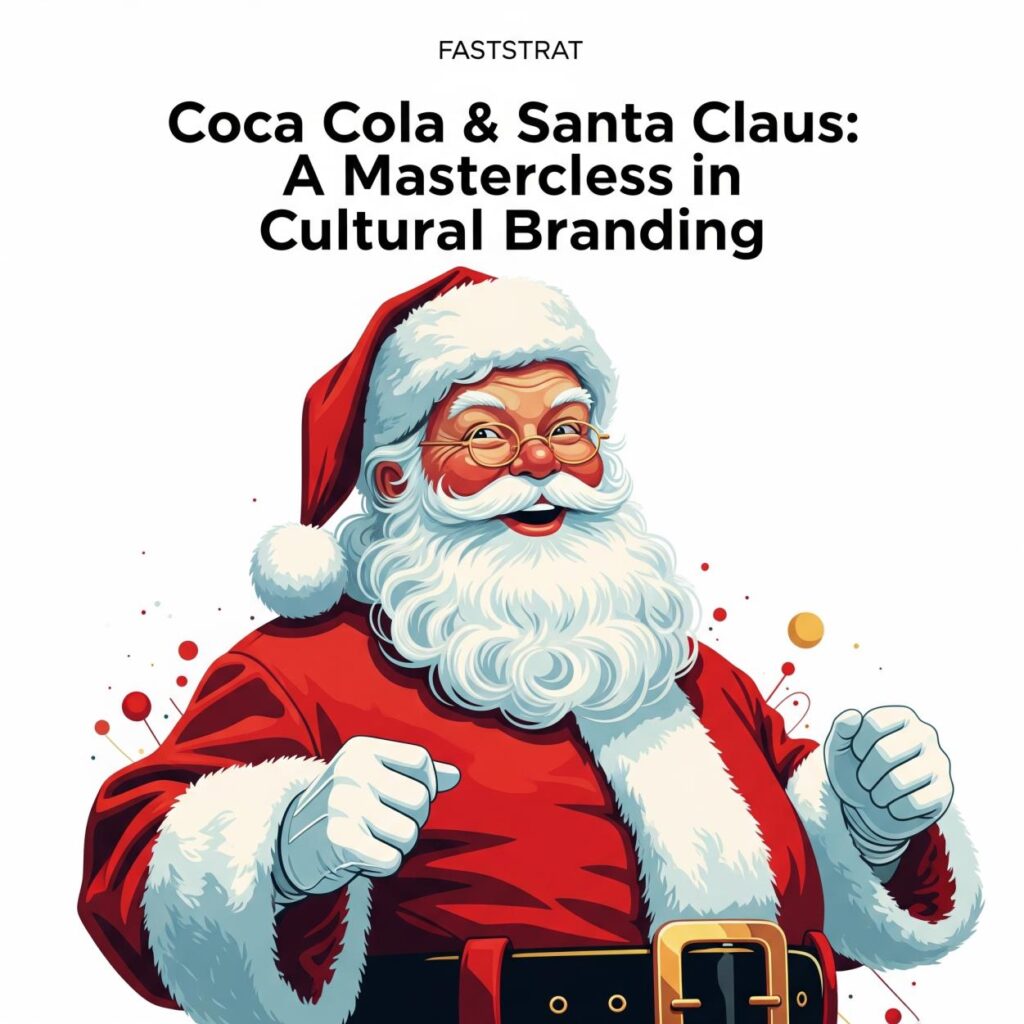Coca-Cola did not invent Santa Claus—but it undeniably defined how we visualize him today. Beginning in the 1930s, Coca-Cola’s holiday campaigns transformed Santa from a loosely interpreted folkloric figure into a global icon of joy, generosity, and celebration.
This case offers rich strategic insights into how brands can embed themselves into cultural consciousness:
1. Cultural Leverage over Reinvention
Coca-Cola didn’t create a new character; it identified a powerful cultural symbol and shaped it visually and emotionally to align with its brand identity. This demonstrates the effectiveness of building brand equity by amplifying familiar, emotionally resonant themes.
2. Value Alignment as a Growth Strategy
By linking Santa Claus with values like warmth, family, and celebration, Coca-Cola extended its brand beyond product attributes and into lifestyle and tradition—positioning itself as a key player during one of the most emotionally charged times of the year.
3. Audience Strategy: Brand Imprinting from an Early Age
Coca-Cola’s consistent holiday messaging spoke directly to younger audiences and families, subtly creating long-term consumption habits and emotional attachment. Strategic targeting across generations solidified brand loyalty.
4. Brand Consistency and Long-Term Commitment
Coca-Cola’s holiday campaigns have maintained visual and emotional coherence for nearly a century. This level of consistency has helped the brand own a cultural moment (Christmas) while reinforcing core values over time.
The Coca-Cola and Santa Claus story is not about advertising gimmicks—it’s a blueprint for how brands can gain cultural relevance, align with values, and sustain emotional resonance across generations.
Full analysis: Coca-colaChristmas

